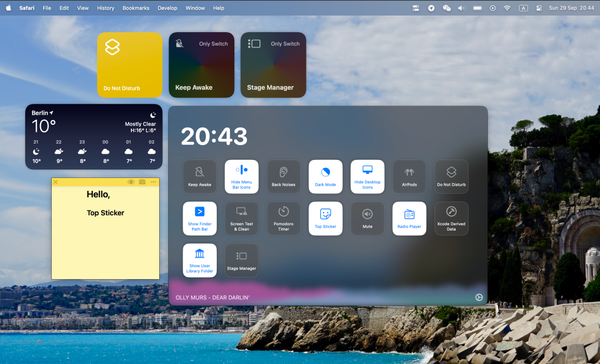How to Use CBD to Manage Pain
With the legalization of CBD products in various states across the country, the rapid acceptance of this previously controversial substance has become evident. Numerous retail outlets now prominently feature signage indicating the availability of CBD oil or capsules, while social media platforms are abuzz with firsthand accounts highlighting the diverse ways in which CBD aids individuals in coping with issues ranging from anxiety to chronic pain. The question remains: does CBD live up to its current level of attention? We have compiled a list of advantages and uses associated with using CBD for pain management.
CBD is Readily Accessible
Given the legality of various CBD forms for pain relief, accessing the specific types and blends you require has become straightforward. You can purchase them online, at health food stores, in medical practices, or at select pharmacies, all without needing a prescription.
CBD often presents a cost-effective alternative for pain management compared to prescription drugs or surgical procedures, and there is no prerequisite for an appointment before making a purchase.
CBD Addresses a Variety of Health Issues
If you’re experiencing sleep difficulties, feeling stressed at work, or dealing with back pain, CBD offers assistance for these concerns and more. From alleviating arthritis discomfort, foot pain, minor injuries, headaches, to addressing certain digestive issues, CBD may complement your current pain management strategies for challenging conditions like sciatica.
When it comes to the potential benefits of CBD tinctures and capsules in cancer treatment, information can be contradictory. Consult a healthcare professional before considering a switch from your existing treatments to CBD products.
CBD Imitates Prescription Pain Medications
Similar to how prescription medications function, cannabis operates by stimulating receptors in the brain. This stimulation signals your body that the pain has subsided, even if an injury or ailment persists.
However, CBD goes beyond manipulating brain receptors. With its anti-inflammatory properties, CBD targets symptoms at their source rather than merely masking pain. While relief may be experienced before complete healing, CBD also aids the body's self-repair processes.
How to Apply Topical CBD
When using CBD topicals, initiate with a modest dose/strength and gradually raise it as your body adapts. Before application, ensure the area is clean and without other skincare products. Apply the CBD topical directly onto the skin where the pain originates and massage it in until absorption. Remember to wash your hands after application. Select a reputable CBD product suitable for massages and topical applications.
Utilizing CBD Oil for Back Pain
CBD oil for back pain can benefit from a topical cream, known for its effectiveness with few side effects and minimal drug interactions. While precise dosage guidelines for topical CBD in relieving back pain are lacking, some have reported uncertain levels of success using a cream containing 400 mg of CBD per 1.7 ounces. Applying once or twice daily to the affected area is recommended for this potency.
How to Use CBD Oil to Address Knee Pain
Various factors contributing to knee discomfort can complicate assessing the efficacy of CBD oil. The predominant source of persistent knee pain, knee osteoarthritis, responds well to topical CBD creams. Significant alleviation can be achieved by applying 125 mg twice daily (250 mg daily total) over a 12-week period.
Endnote
CBD for pain management offers many benefits, from its anti-inflammatory properties to its easy accessibility. Nonetheless, CBD may not be suitable for everyone, and there is a possibility of experiencing side effects when utilizing cannabidiol extracts.











